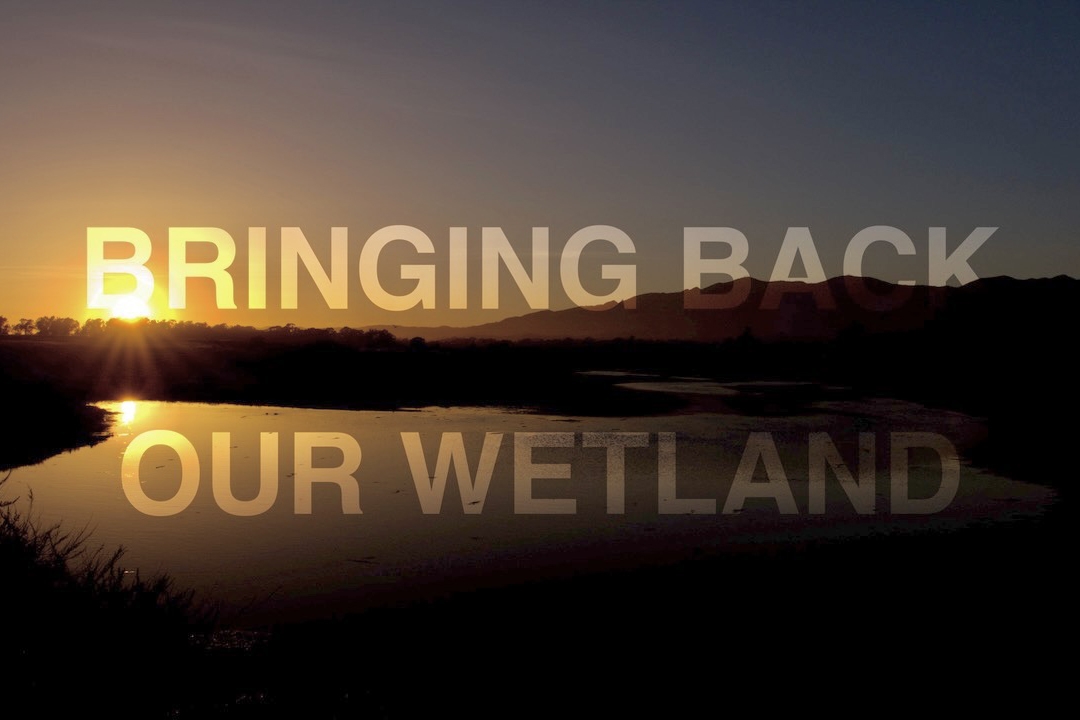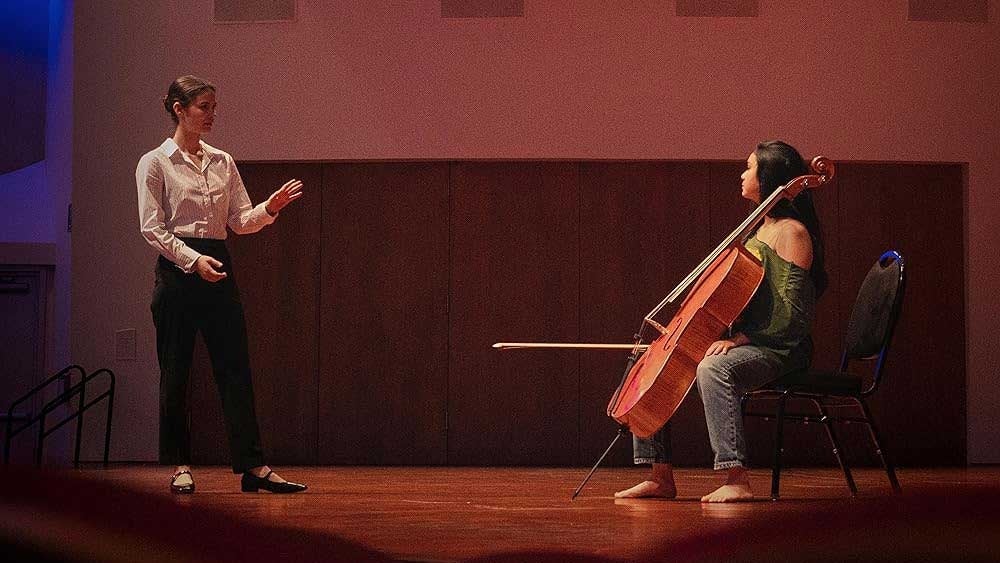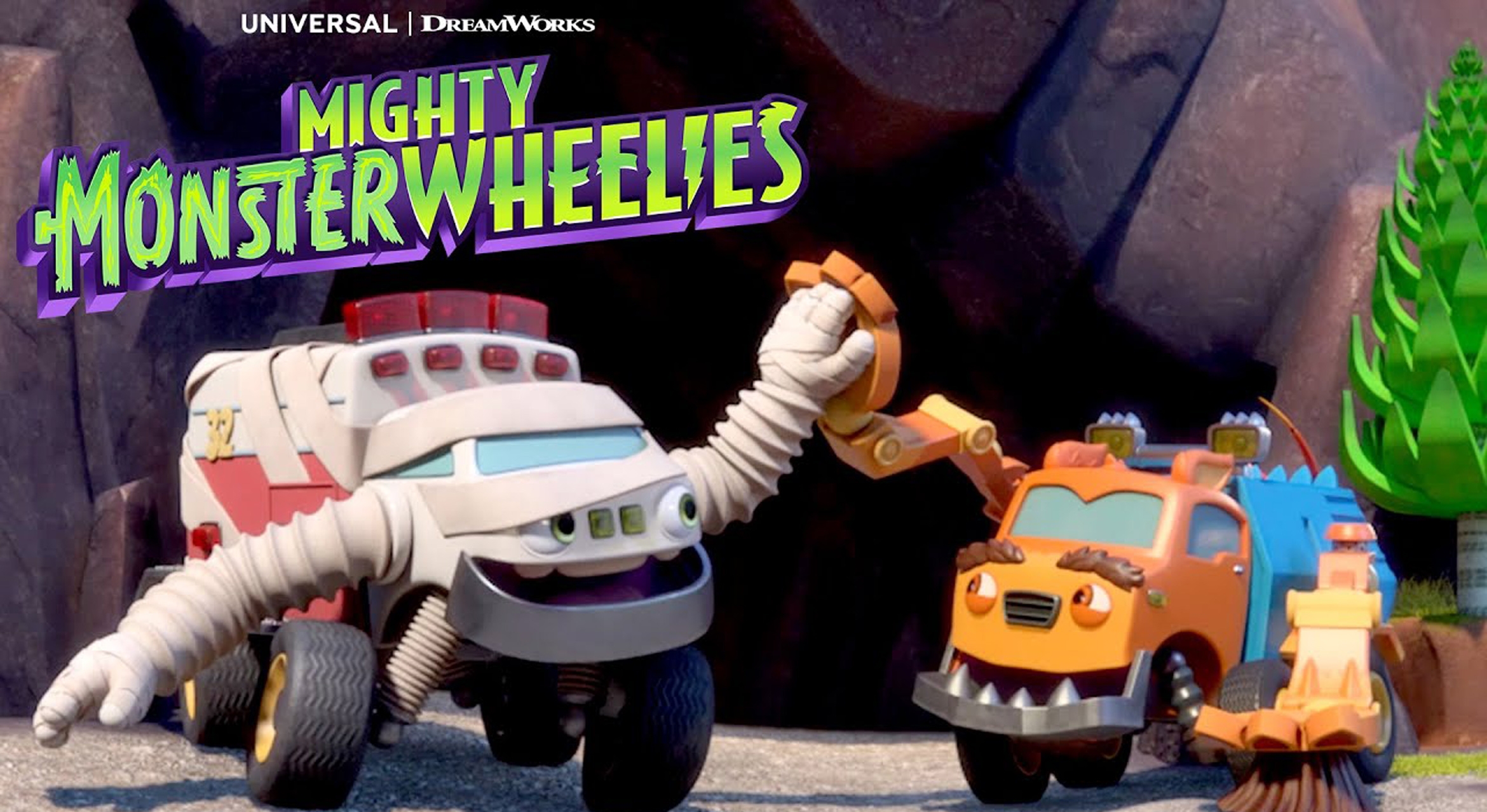
Fifty years after the upper Devereux Slough in Goleta was filled with topsoil to make way for a golf course, UC Santa Barbara embarked on a massive environmental undertaking: restore these wetlands to their natural state. The project took nearly a decade to complete, officially marked as finished in the spring of 2022.
From groundbreaking to grand opening, a film crew captured it all on camera. And now the resulting documentary is ready for its premier at the 2023 Santa Barbara International Film Festival, which runs Feb. 8–18. “Bringing Back Our Wetland” will screen Monday, Feb. 13 at 8:40 p.m., at the Metro 4 Theatre and Wednesday, Feb. 15 at 1 p.m., at Fiesta 5 Theatre.
“One of the beautiful things about this film for me was to be able to follow this process over such a long trajectory and really see the site transform,” said director and producer Michael Love. “All my environmental films are really about trying to foment activism by showing good news stories. Stories where humans have been able to make an impact and actually create positive change in the environment. And you couldn’t find a better example than this.”
Love caught word of the effort in its infancy, approaching project leader Lisa Stratton in 2011, just as the university and Trust for Public Land were negotiating the purchase of what was then Ocean Meadows Golf Course. The film, like the restoration, was a far-sighted endeavor. “We filmed it over years in between other projects we were doing,” Love said. “And whenever anything big was happening with the restoration we’d come back and cover it.”
“And I really appreciate, Michael, that you stuck with it. That you kept capturing different parts of the project through time,” replied Stratton, director of ecosystem management at UCSB's Cheadle Center for Biodiversity and Ecological Restoration.
Love views the piece as a historical document, recording a process that was incredibly ambitious, elaborate and grand in scale. “We want to showcase this and have it be something that can inspire other people to do similar projects,” he said. “There are also certain sections where I really wanted to linger on the moving contrast between this space that was a golf course — a monoculture of non-native vegetation and human use — to the expansive and culturally inclusive natural habitat it has become, where you have everything from little kids planting plants to seniors, birders, people in wheelchairs, runners and all these people doing science projects through the university.”

The film was a collaborative effort, much like the restoration itself. “Interns from UCSB played a critical role in the making of this movie,” Love explained. “I had interns who helped with editing; I had interns who helped with shooting and filming.” Students produced animations and conducted, transcribed and organized interviews. It was a student crew that shot the installation of the bridges, as Love and photography director Elliot Lowndes were at a film festival in Montana when the bridges arrived from Arizona.
Film and Media Studies was well represented, but interns hailed from many other departments as well. And they had their work cut out for them. “One of the most challenging aspects was editing,” Love said, “because I had over 10 terabytes of footage.” The film crew also interviewed over 40 people, many more than once.
Funding for the film came primarily from the UCSB Associated Students Coastal fund as well as from project grants through the Cheadle Center. And as a non-profit project, the film will be available to the public free of charge for use at schools, nature centers, museums and so forth. “There’s really a lot of different places where this film can live and continue to inspire and educate people,” Love said.
A ribbon-cutting and Chumash blessing in May 2022 provided a milestone for the documentary’s culmination, especially because this area of ancient Goleta wetlands was home to a thriving Chumash population before European settlement. In 2019, Love released a prize-winning 17-minute short, “From Golf Course to Wetland,” celebrating the project’s first transition: from fundraising and planning to work on the ground. The feature film comes out as the project reaches its second transition point: The active restoration has culminated, and the revived wetland now enters its life as a resource to the university, community and wildlife in perpetuity.
“This is really the appropriate time to release the film because we’re moving into the longer-term phase of the plan,” Stratton said, “which includes raising an endowment to keep the site active.”
The vision from the outset was to develop the North Campus Open Space into more than merely a park or nature preserve. The team’s goal has always been to incorporate the site into the community and the university as a living laboratory for teaching and learning from kindergarten through tenure.
Successful grand scale environmental restoration is really comprised of grand-scale collaboration between people, in this case people both affiliated with the university and throughout the community.
“We are so fortunate to live in a town like Santa Barbara where a passion project like this has the support and expertise to bring it to fruition,” Love said, “where it will continue to benefit the community and natural world for generations to come.”
Harrison Tasoff
(805) 893-7220
harrisontasoff@ucsb.edu




